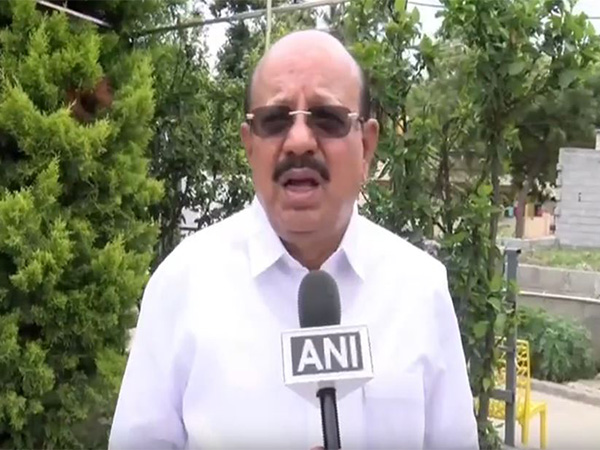Canada should emulate Australia in clinching free trade deal with India: Report
Aug 05, 2022

New Delhi [India], August 5 : A free trade agreement (FTA) between India and Canada would give a big boost to the economies of both countries, the Business Council of Canada has said urging the Canadian government to emulate Australia in clinching an economic partnership deal with India.
"Australia offers a model that Canada can emulate. Australia appears to have achieved significant gains under a bilateral trade agreement signed with the Modi government in April 2022. Australian officials say the deal will remove tariffs on 85 per cent of goods shipped to India in the short term, rising to 91 per cent over the next decade. And it is taking key steps to strengthen ties in other areas," the Business Council of Canada said in a report.
The Australian government has committed to investing $280 million (Australian) in India, including in renewable technology, defence and space cooperation. It has also created the Centre for Australia-India Relations, which has the mandate to promote policy dialogue, build Australian business literacy, engage the Indian diaspora communities, and deepen cultural connections.
The Council noted in the report that the Canada-India relationship is marked by enormous unexploited potential.
The Canadian and Indian economies are, to a great extent, complementary. Canada needs what India has, including a rapidly growing population of middle-class consumers and a young, IT-literate workforce. In turn, India needs much of what we have: energy, technology, agri-food products, fertilizer, various other natural resources, investment capital, plus engineering and business know-how, it said.
Economic modelling by Ciuriak Consulting suggests that a free trade agreement with India would boost Canadian GDP by 0.16 per cent a year by 2035, assuming relatively modest tariff cuts by India. A more ambitious deal would yield an annual GDP boost of 0.25 per cent.
For a Canadian family of four, that represents a gain of C$731 per year. To put this in context, it has the potential to deliver a greater economic boost to Canada than the 2018 Comprehensive and Progressive Agreement for Trans-Pacific Partnership (CPTPP), a deal which has succeeded in strengthening Canada's trade ties with 10 other countries in the Asia-Pacific.
The forecast is predicated on two possible models of a Canada-India free-trade agreement. One is the Regional Comprehensive Economic Partnership (RCEP), a relatively modest China-led trade deal among Asian and Pacific countries that India has so far balked at joining. The second is the more ambitious proposed bilateral deal with Canada, dubbed the Comprehensive Economic Partnership Agreement (CEPA). Negotiations on that deal began in 2010, but later stalled.
A more ambitious CEPA-style deal would boost two-way Canada-India trade by C$8.8-billion a year - more than double what it was 2019.
Four broad Canadian goods export sectors stand to benefit the most from free trade with India: fruit and vegetables; chemicals, rubber and plastics; wood products; and minerals. Canada can also take advantage of the rapidly growing demand in India for business services.
"India also stands to gain a lot from freer trade. Lowering its own historically high tariffs would make the Indian economy more dynamic and competitive, propelling growth of its own exports. That's exactly what happened to China after it joined the World Trade Organization in 2001. China dramatically lowered its tariffs, and its exports soared," the Business Council of Canada noted in the report.


















